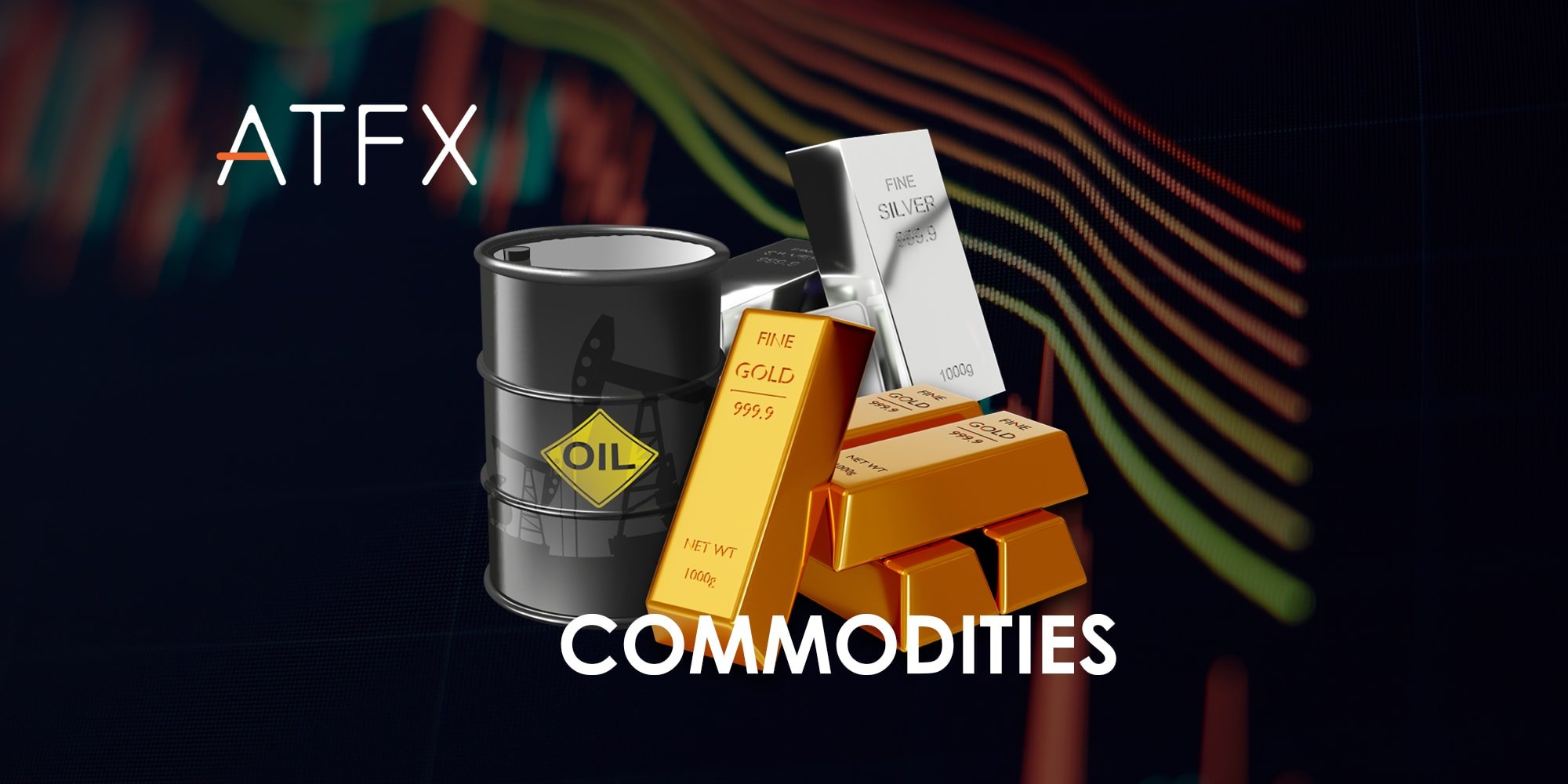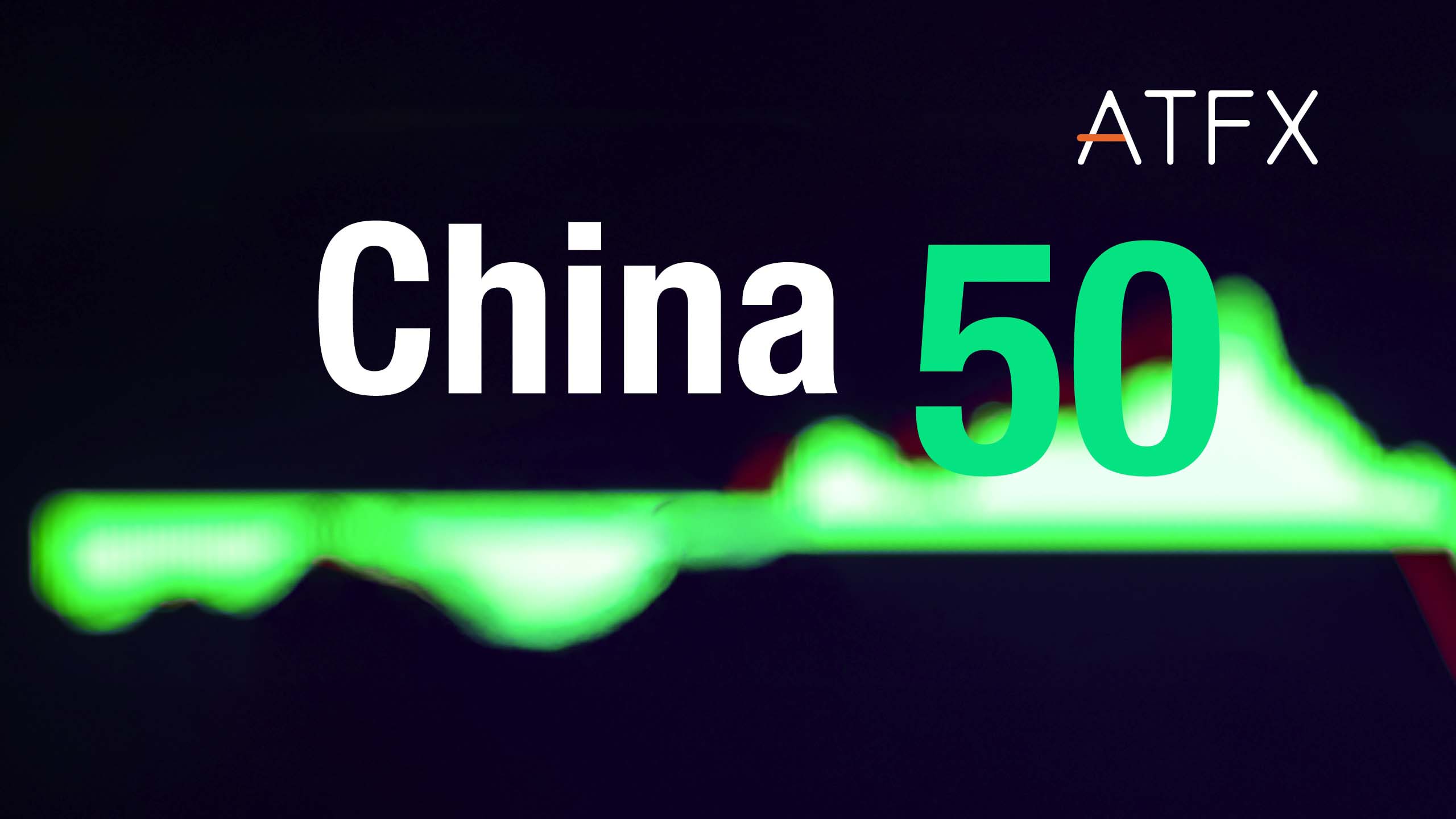The United States will announce February’s personal consumption expenditure (PCE) price index tonight. The market expects the PCE price index in February to increase by 6.4% year-on-year and the core PCE price index to increase by 5.5% year-on-year; hence, both prints are expected to continue rising. Furthermore, the market estimates that the US consumer price index, used to measure inflation, will rise 8.4% annually in March and 9% year-on-year in the first quarter. Therefore, it is clear that prices in the United States are still in an upward trend, and the momentum is not about to peak.
With U.S. inflation likely to hit a new high this month, the Federal Reserve’s stance on interest rate hikes may turn more hawkish, increasing the pressure to raise interest rates. As a result, the market estimates that the Fed’s June and July meetings will result in interest rate hikes of 50 basis points, and expect the target range for the federal funds rate to rise to 2% by the end of 2022, which is much higher than the original expectation of 1.25%.
The Number and Magnitude of Interest Rate Hikes May Rise in a Straight Line
According to earlier market expectations, the Fed will keep raising interest rates by an additional 25 basis points every quarter, with four interest rate hikes this year, at a moderate and gradual pace. However, at present, more and more leading Wall Street banks have begun to bet on aggressive interest rate hikes by the Fed this year. For example, Goldman Sachs’ latest research report said that the Fed would raise interest rates by 50 basis points in May and June and the remaining four meetings during the second half of this year. However, the pace will slow down next year as the Fed implements 25 basis points rate hikes during its three quarterly meetings in the first nine months of 2023, with as many as five possible rate hikes next year.
Citibank predicts that interest rate hikes will be larger and more frequent. It believes that the four Fed meetings from May to September will result in interest rate hikes by 50 basis points each time. If inflation remains higher than 5%, we cannot rule out the possibility that every meeting from May will raise interest rates by 50 basis points. And if the Fed hikes interest rates at this rate, the dampening of economic activity could push the economy into a recession.
Judging from the current U.S. merchandise sales data, the negative effect of interest rate hikes on the market will emerge gradually. In February, U.S. retail sales, home sales, and durable goods orders fell below market expectations. The consumer confidence index fell to 107.2, slightly above analysts’ expectations for 107, reflecting inflationary pressures. A possible increase in interest rate hikes may have dented the overall consumer confidence.
The Impact of Interest Rate Hikes on the U.S. Economy
Another issue that worries market participants is whether the U.S. economy will fall into stagflation if repeated interest rate hikes fail to curb prices effectively. Stagflation means that prices keep rising, but the economy stagnates. It is the result of the long-term persistence of inflation, which occurs mainly because aggregate demand surges at the same time when aggregate supply is constrained, resulting in soaring unemployment and a recession.
The U.S. experienced a stagflation crisis in the 1970s that hit the country’s economy so hard that investors are still scared of a similar situation today. The annualized U.S. CPI has risen for 21 consecutive months and is approaching 8%. The risk of the current inflation deteriorating into stagflation has always existed, and it has dragged down the performance of US stock markets recently.
Affected by the Russian-Ukrainian war, although the recent progress in peace talks between the two sides has cooled oil prices, the bottleneck in US supply chains remains. Furthermore, the prices of bulk commodities and metal raw materials have risen sharply compared to last year. Fortunately, domestic hiring and employment growth in the United States was strong in February. Still, wage growth remained stagnant, which was a positive factor in easing inflation and reducing demand pressure. Therefore, the market needs to pay close attention to changes in employment and wage data and must always remain vigilant against the ever-present risk of stagflation.
If the PCE price index released tonight keeps rising as expected, the number of market participants betting that the size and number of interest rate hikes will increase. Still, the general bet is that the impact of interest rate hikes on the stock market will be comprehensive, which will hurt financial stocks. Therefore, relatively popular growth stocks with high valuations will remind under pressure, and investors should not rush to buy them. Furthermore, if the supply shortage continues, it is expected that the price trends of commodities stocks will still be relatively good.


